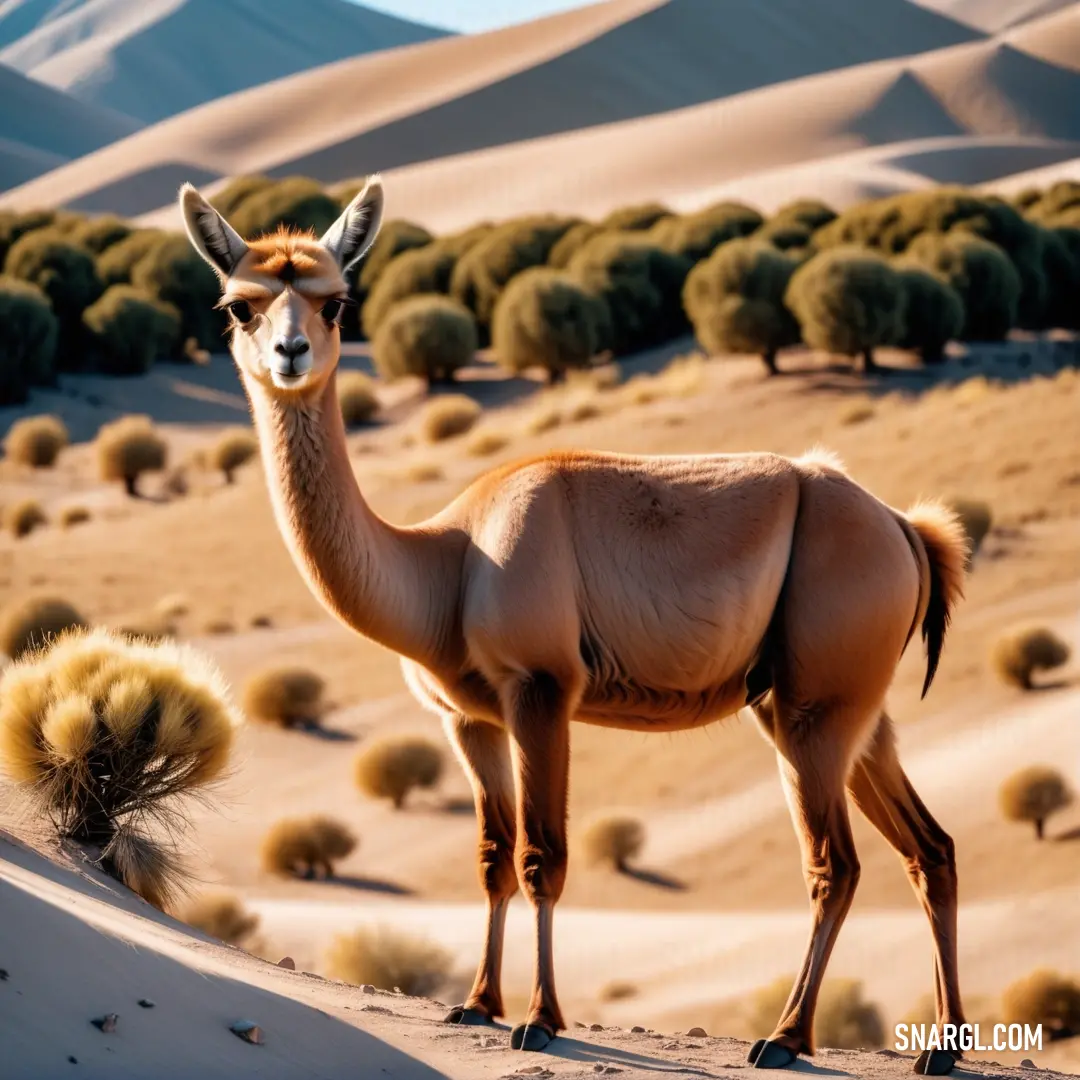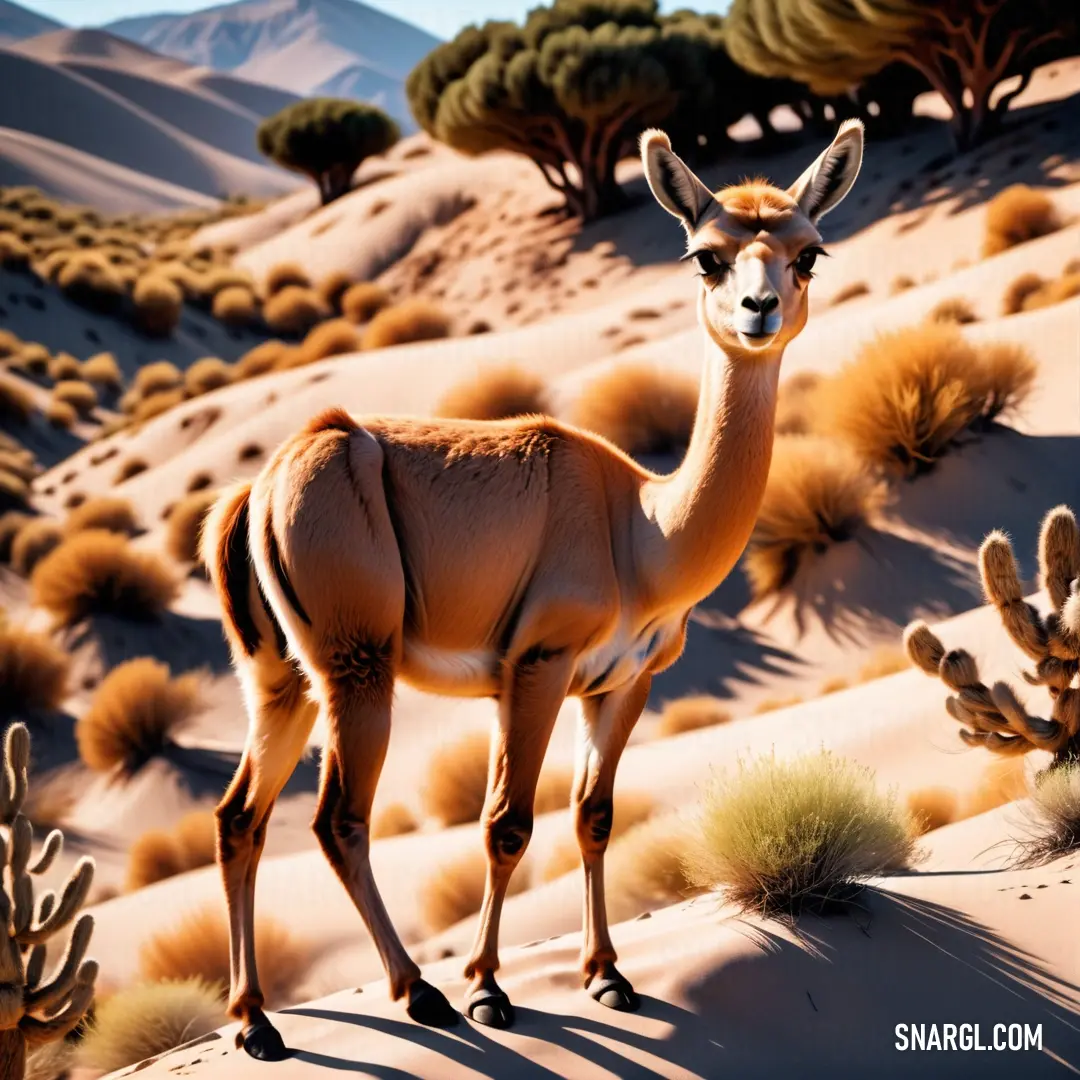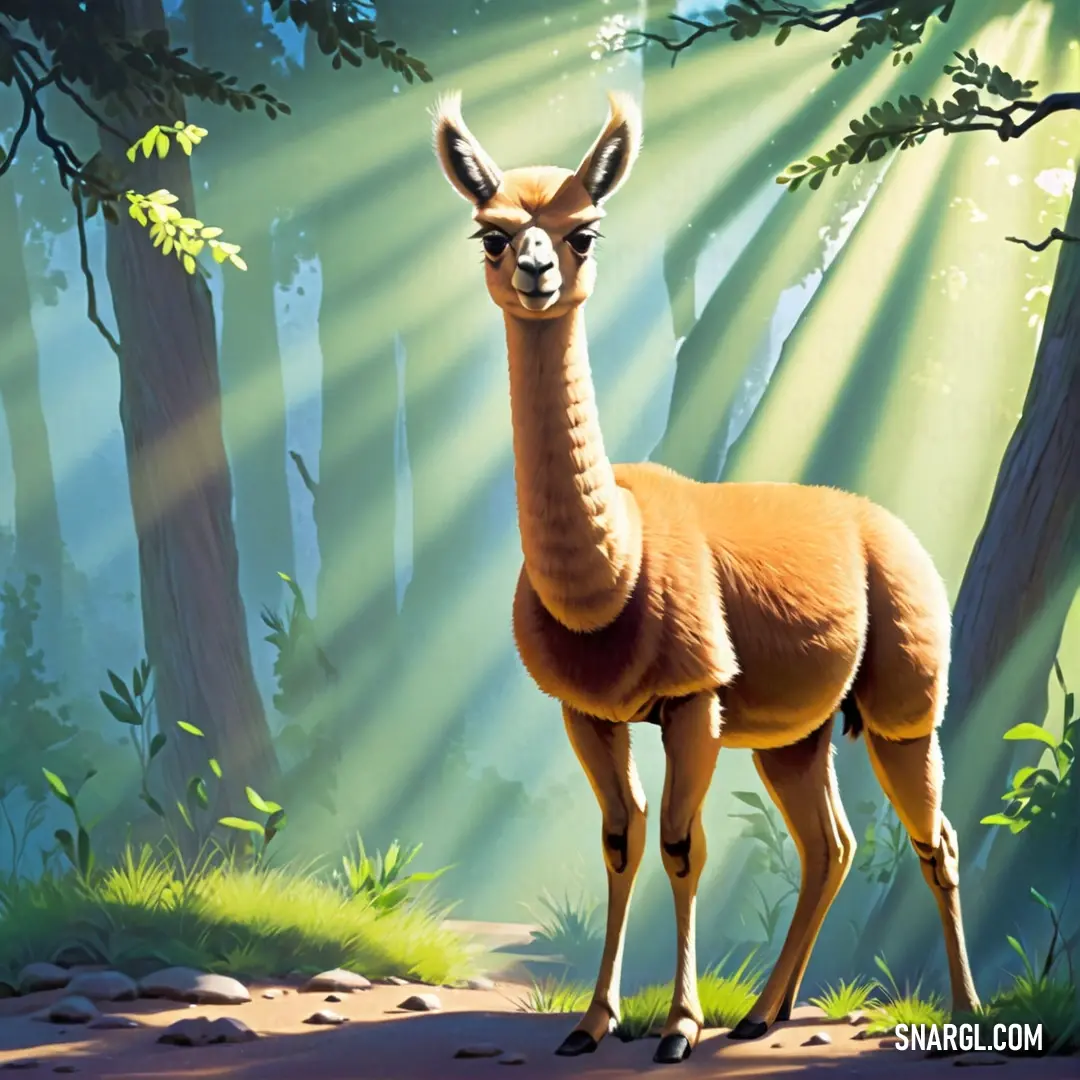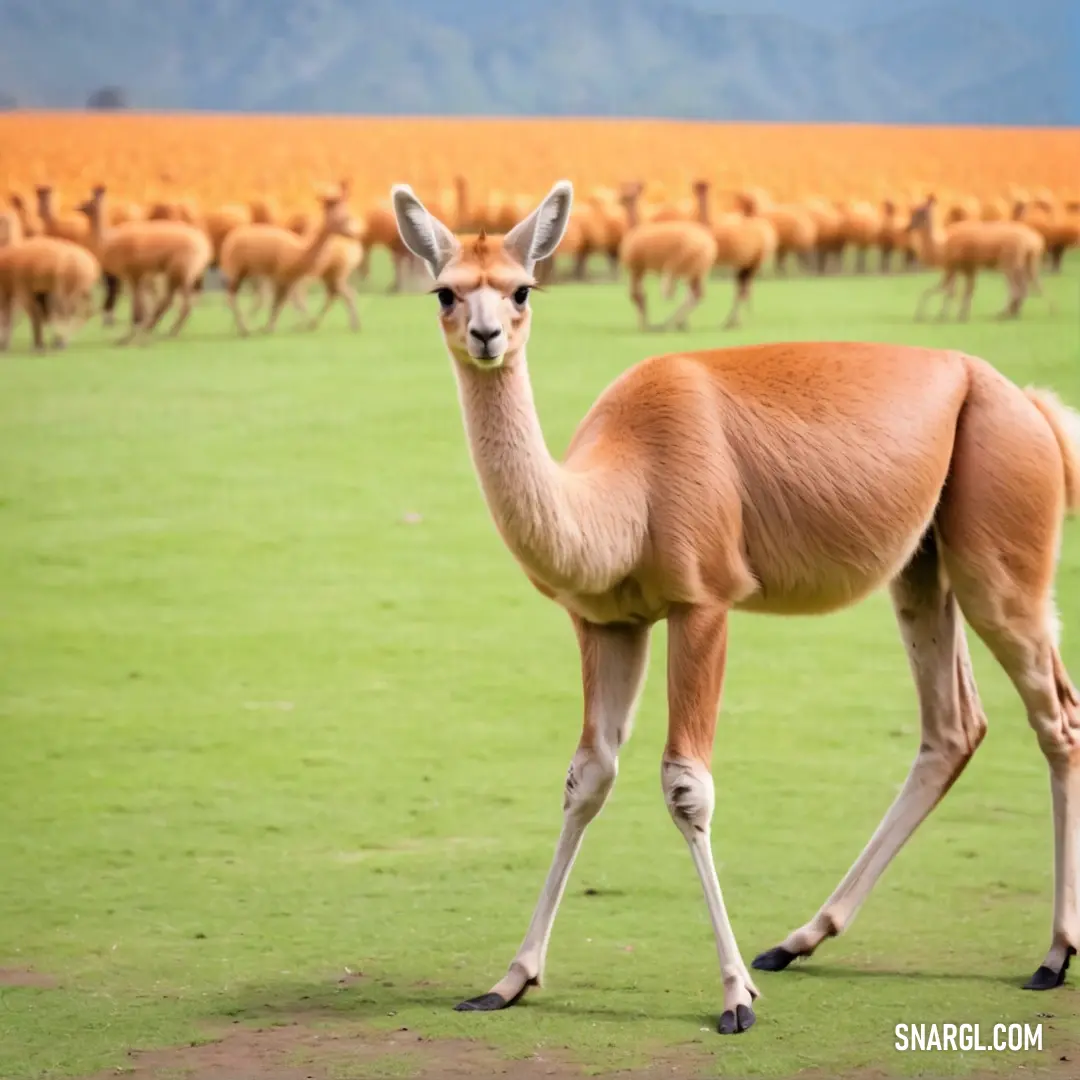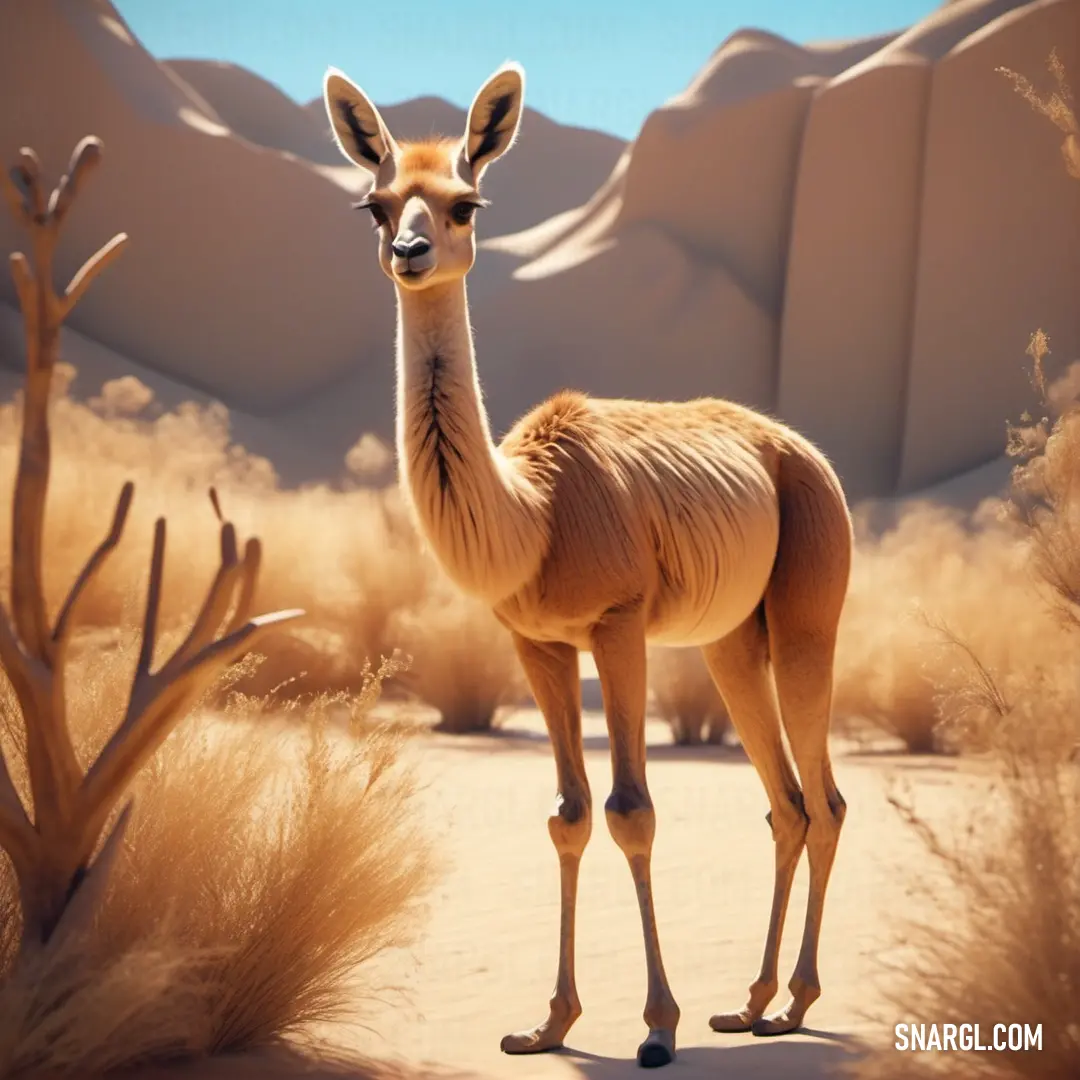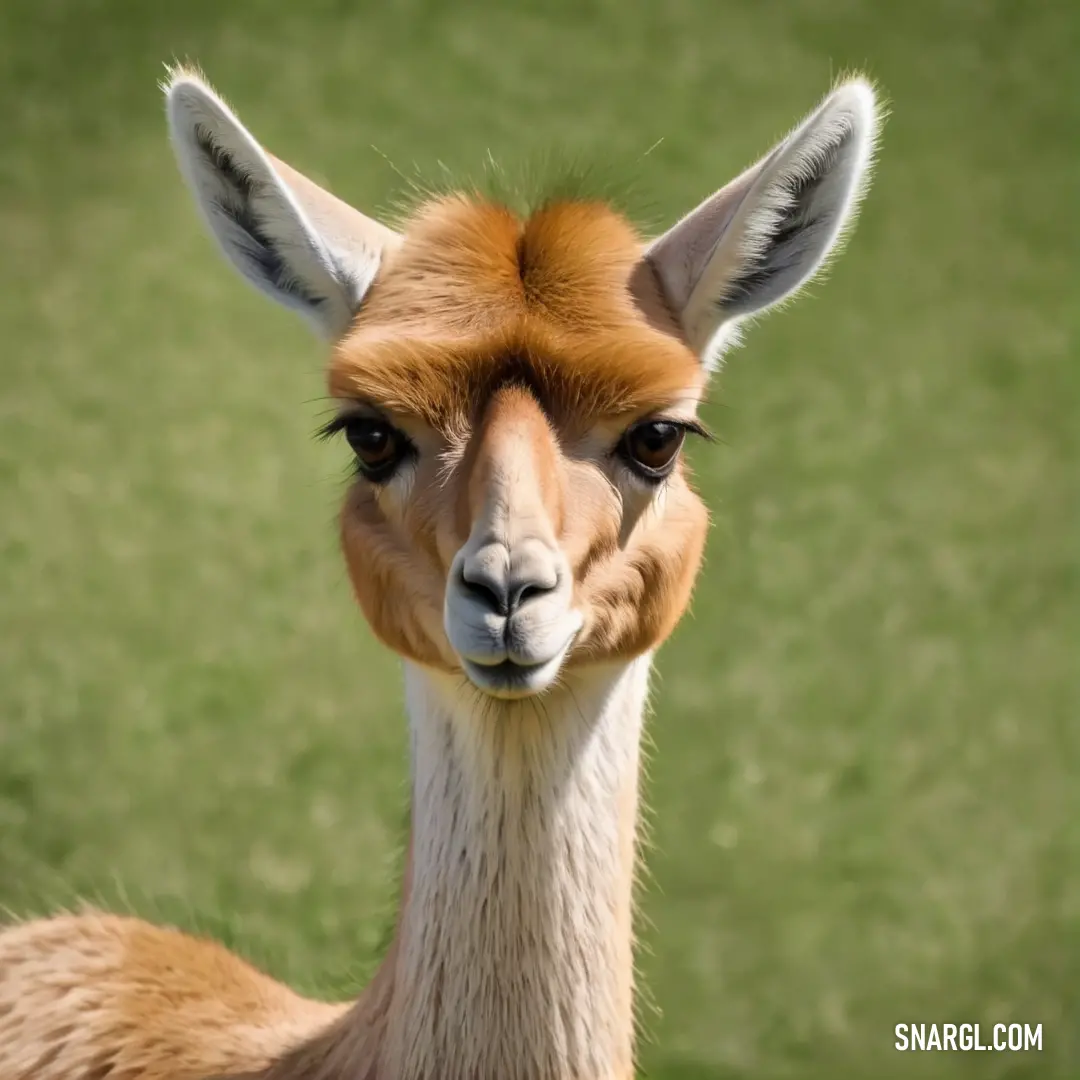Long time ago, far away, in the high-altitude Andes, where the air is thin and the clouds brush against the mountaintops, lived a remarkable vicuña named Toby. Toby was not just any vicuña; he was a cherished pet of Dr. Zinnia Fielding, a veterinary pathologist renowned for her groundbreaking work with Andean wildlife.
Toby had an unusual penchant for adventure. Whether it was scaling rocky crags or dashing through fields of tall grasses, he had a boundless spirit that often led to mishaps. One crisp morning, as Zinnia prepared for her routine rounds, she noticed Toby frolicking around with what seemed like an ancient leather strap hanging from his mouth. It was quite the sight - this elegant creature with a comically out-of-place accessory.
The strap wasn't there by accident. Toby had a history of 'borrowing' items. Last summer, he'd run off with Zinnia's favorite scarf, leaving it in tatters. The scarf had transformed into a humorous story among Zinnia's colleagues, especially when Toby had taken a particularly dignified stance as he draped the remnants around his neck like a makeshift cape.
This new leather strap was clearly not an exception. Zinnia's curiosity piqued, she decided to investigate. She followed Toby as he trotted proudly around the paddock, the strap still dangling. The strap was old and weathered, but Zinnia noticed something peculiar about it. It had a distinct pattern that seemed to be handcrafted, not mass-produced. It looked like it had been around for a long time, perhaps even centuries.
After coaxing Toby into the barn with some hay, Zinnia began her examination. With Toby calmly munching away, she examined the strap. It had intricate carvings that seemed to tell a story, almost like a tapestry made of leather. Zinnia speculated that it might be an artifact from a long-forgotten era. But the question remained: how did it end up in Toby's possession?
As Zinnia pondered this, Toby nudged her gently, as if trying to offer a clue. Zinnia noticed that the strap had several notches and holes that seemed to suggest it was once used for securing or binding something. This led her to a rather amusing theory: perhaps the strap was a part of some ancient Andean harness or equipment, and somehow Toby had managed to ‘find' it during one of his explorations.
In the weeks that followed, Zinnia's playful investigation became the talk of her veterinary network. The leather strap, affectionately dubbed "Toby's Treasure," sparked endless conversations and theories. Some suggested it was a lost relic of an ancient civilization, while others believed it was merely a vintage piece of gear.
To commemorate Toby's unique find, Zinnia decided to fashion the strap into a proper piece of equipment - though not quite what it had originally been intended for. She turned it into a custom leash for Toby, adorned with little bells that jingled as he pranced around. Toby, of course, wore it with the same proud and adventurous spirit he had shown with his initial find.
The anecdote of Toby and the leather strap became a cherished story among Zinnia's colleagues and friends. It served as a humorous reminder of how even the most mundane objects can become extraordinary through the lens of adventure and curiosity. And as for Toby, he continued his escapades with his new leash, always on the lookout for the next intriguing discovery, forever embodying the playful spirit that had led to the creation of the beloved "Toby's Treasure.".

